Motorcycle Investor mag
Subscribe to our free email news
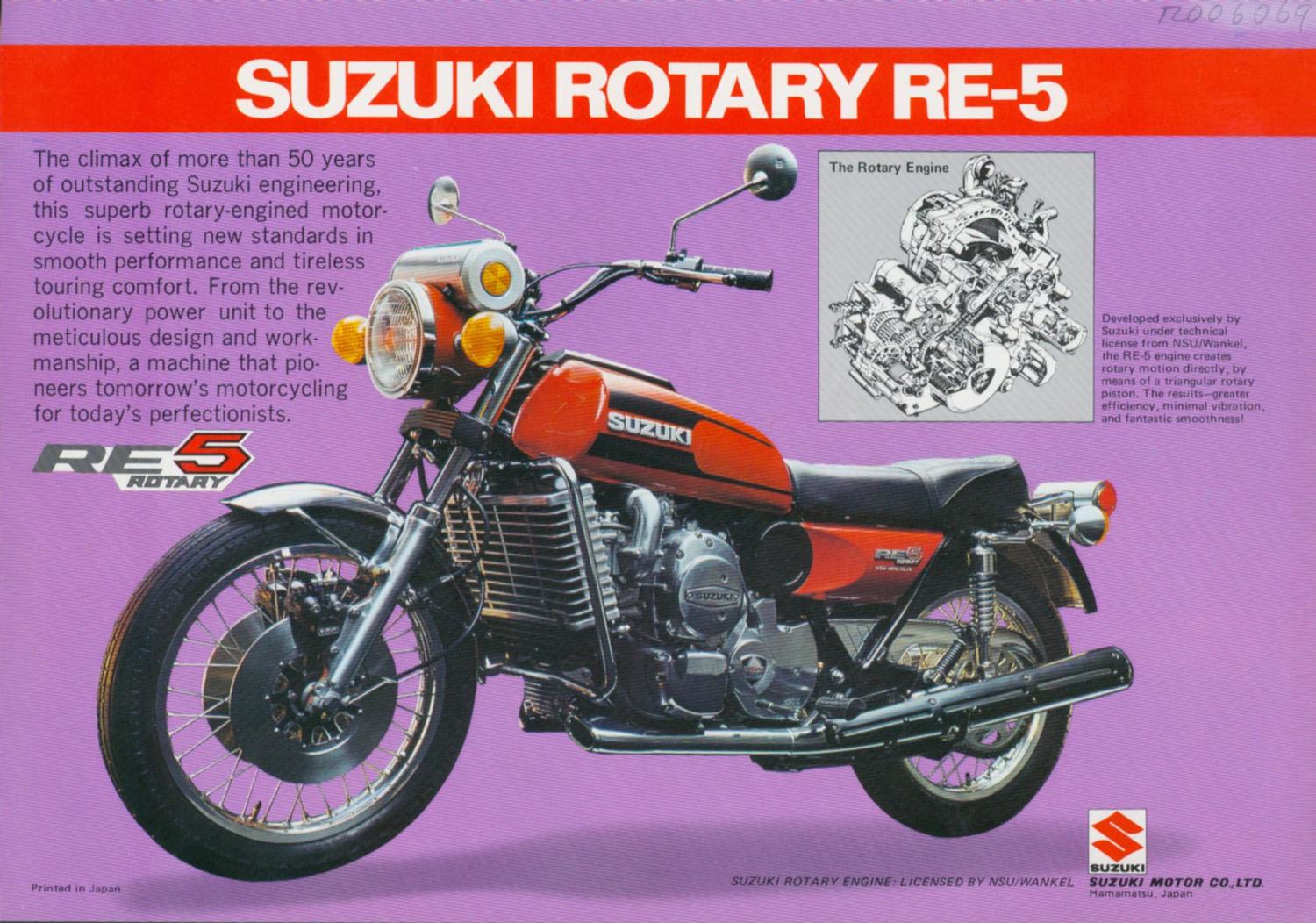
Quick profile – Suzuki RE5 rotary
(Updated Dec 2024)
by Guy 'Guido' Allen
Suzuki's RE5 rotary series has seen some serious price growth in the last couple of years, particularly if it's a prime example. Back in 2018 we saw good ones changing hands internationally for around Au$9000 (US$6500, GB£5000), however in 2020-21 the last year that number was closer to Au$15,000 (US$11,000, GB£8000).
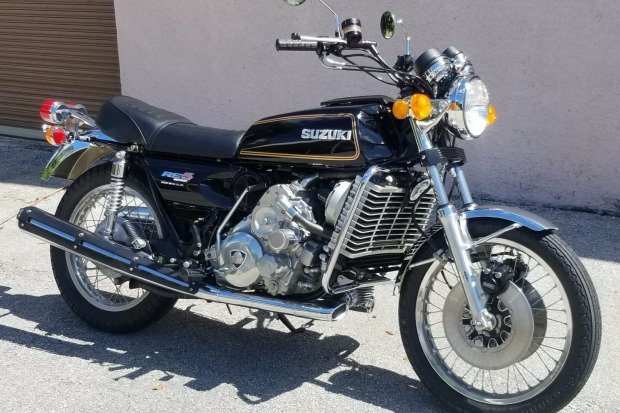
This remarkable second-model Suzuki RE5, with just 2 miles on the odo, was up for auction at Bring a Trailer and was an interesting test of the market. It went for Au$20,100 (US$14,250, GB£11,000).
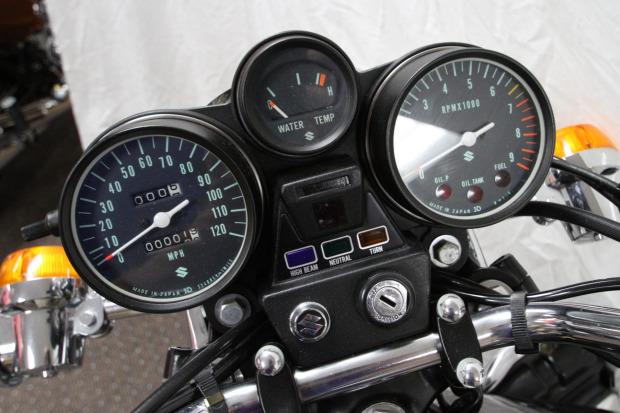
It's the 'MkII' or A model, with the conventional instrument cluster (above), and is therefore a little less desirable than the first with its distinctive cylindrical binnacle (below).
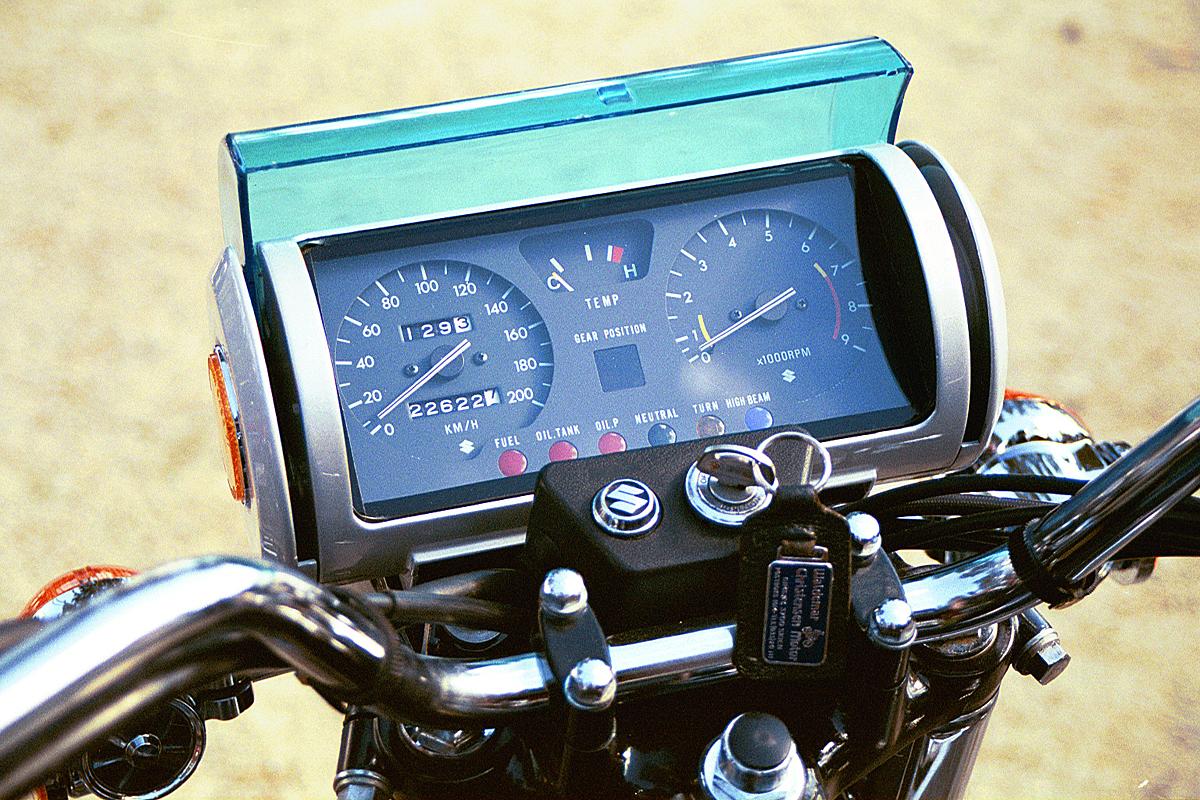
Suzuki's impressive effort was first shown at the 1973
Tokyo Motor Show and was in the market for the 1974 model
year. The first variant (below), with the distinctive
instruments that were mirrored by the cylindrical
tail-light, lasted two years.
See the numbers
at Motorcycle Specs.
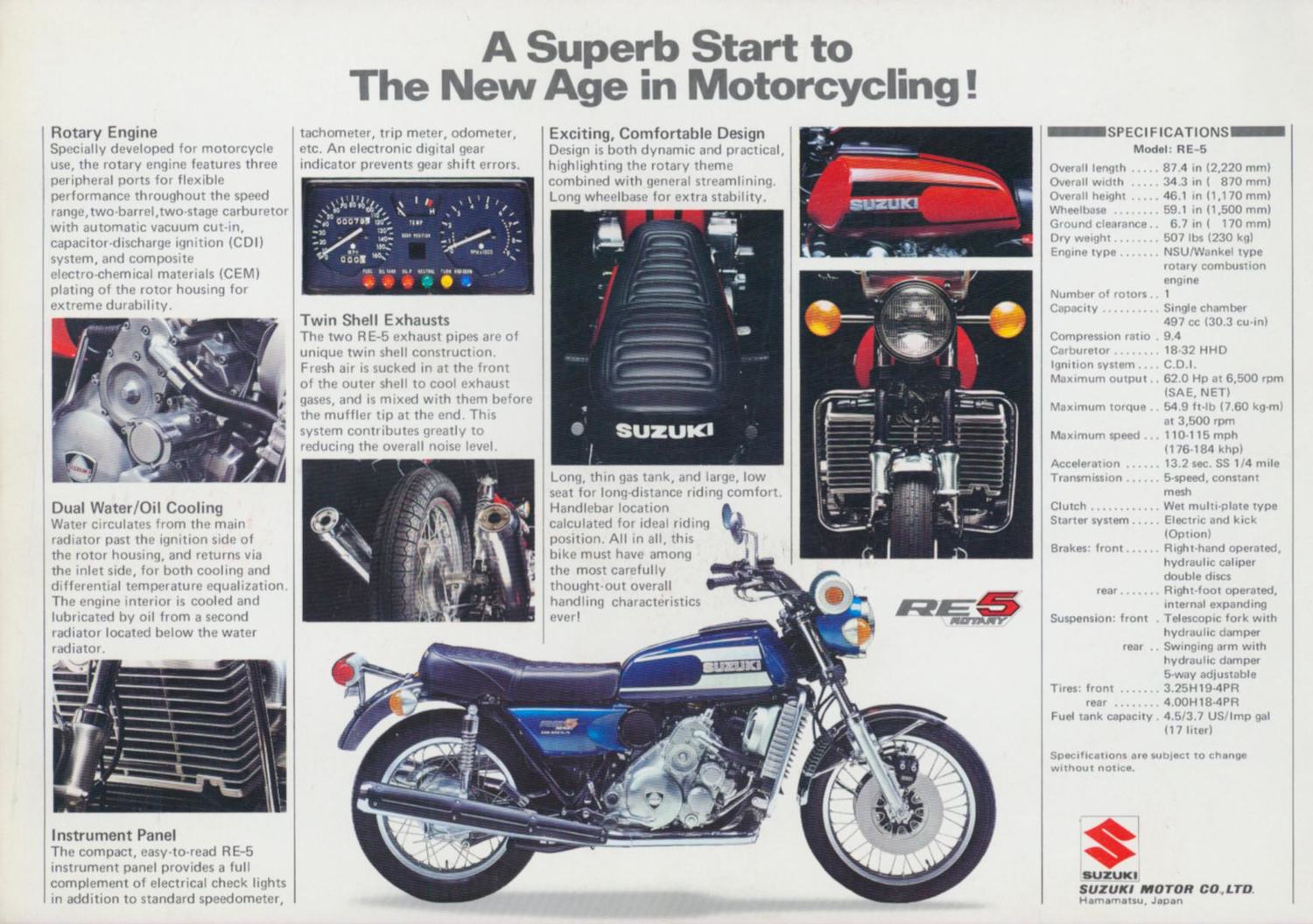
Concerned about sluggish sales, the company went for more conventional styling in the second model, sold 1976-77 (below).
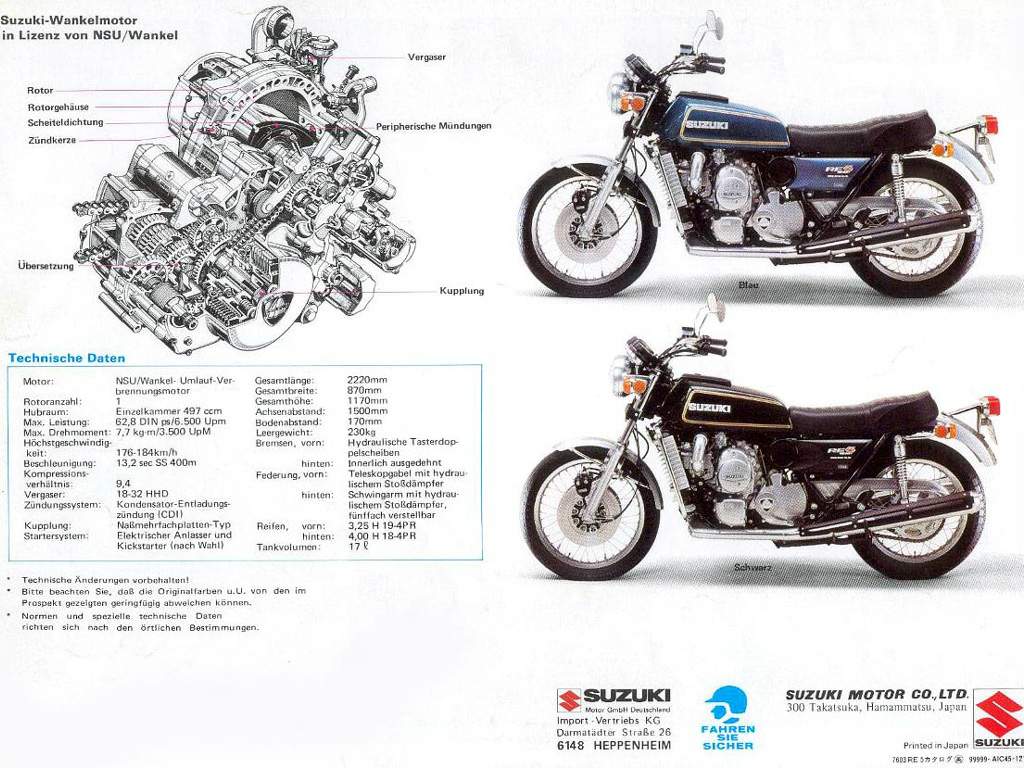
The 230kg bike ran a 497cc single-rotor Wankel engine, based on an NSU design, with liquid cooling, and claiming a more than adequate but not compelling 62 horsepower (46kW) at a heady 16,200rpm. Max torque of 74Nm chimed in at 13,500.
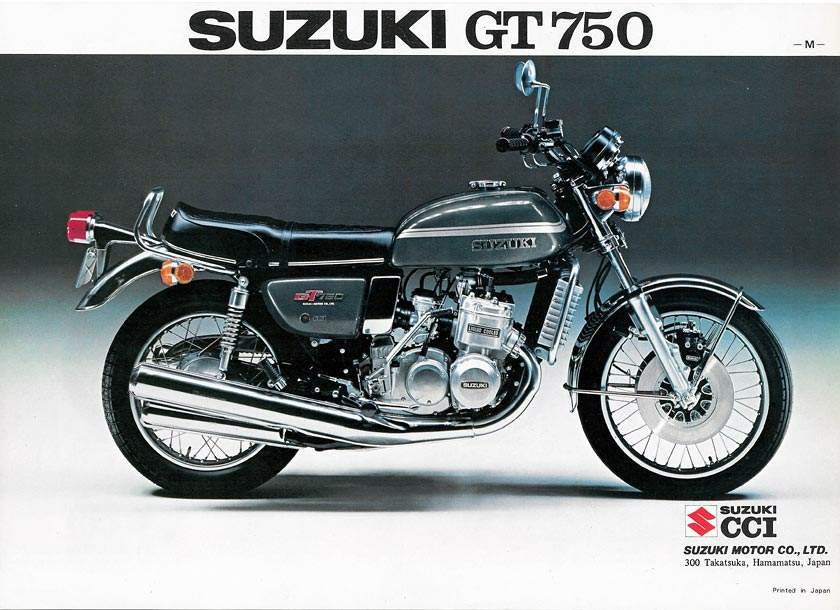
Funnily enough, potentially one of the RE5's biggest competitors was another Suzuki – the liquid-cooled GT750 two-stroke triple of the 1970s (above), that claimed 70 horses for a similar size and weight. (See the Classic Two Wheels GT750 road test from 1972.)
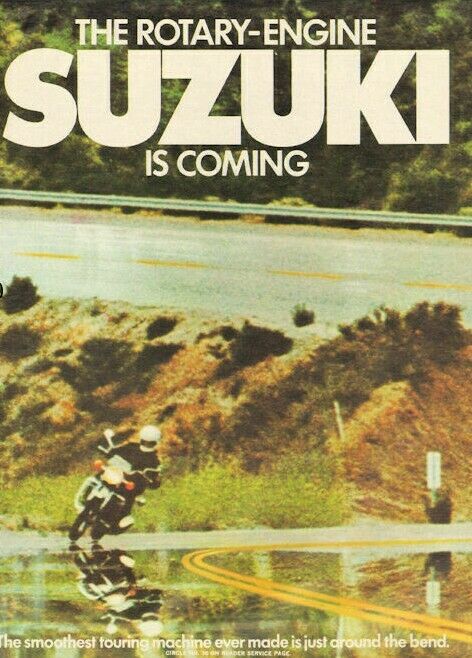
As anyone who has ridden a rotary motorcycle can tell you, it can feel a little like a cross between a two- and four-stroke, while offering uncannily smooth performance.
The former owners we've corresponded with mostly express genuine affection for them and a few did big miles with no dramas.
Despite Suzuki's best efforts, it seemed the market
really wasn't ready for a rotary and never really has
been. Certainly not in the sorts of volumes that would
make them commercially viable.
See this Cycle
News piece, which covers the contradictory
receptions the model received in the USA.
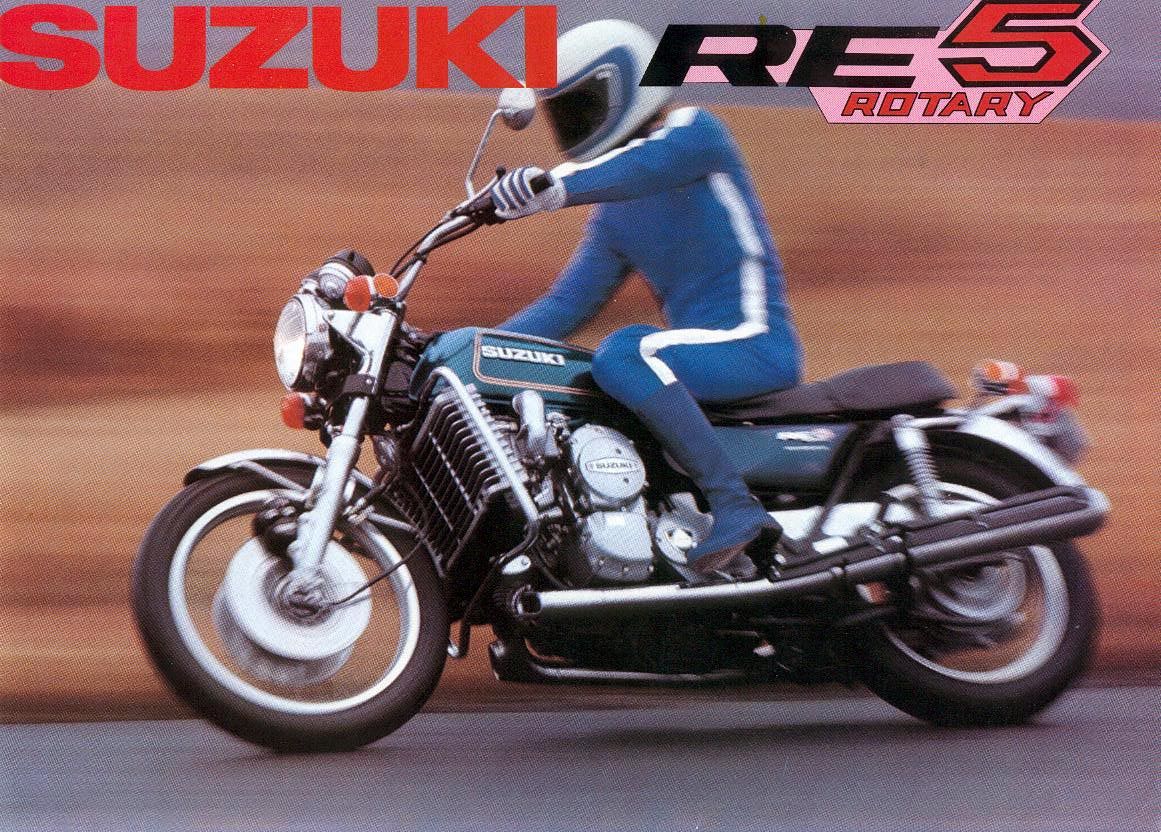
They've taken a while to get real traction in the classic
market, though some collectors started putting them away
more than 20 years ago. Prices have fluctuated from year
to year, while the long-term trend has been up. However,
post-Covid they seem to have stalled again.
Parts supply, except for generic items, has largely dried up, so it is important to get something complete. There have been people prepared to rebuild the engines, and generally they're folk who have experience with Mazda rotaries.
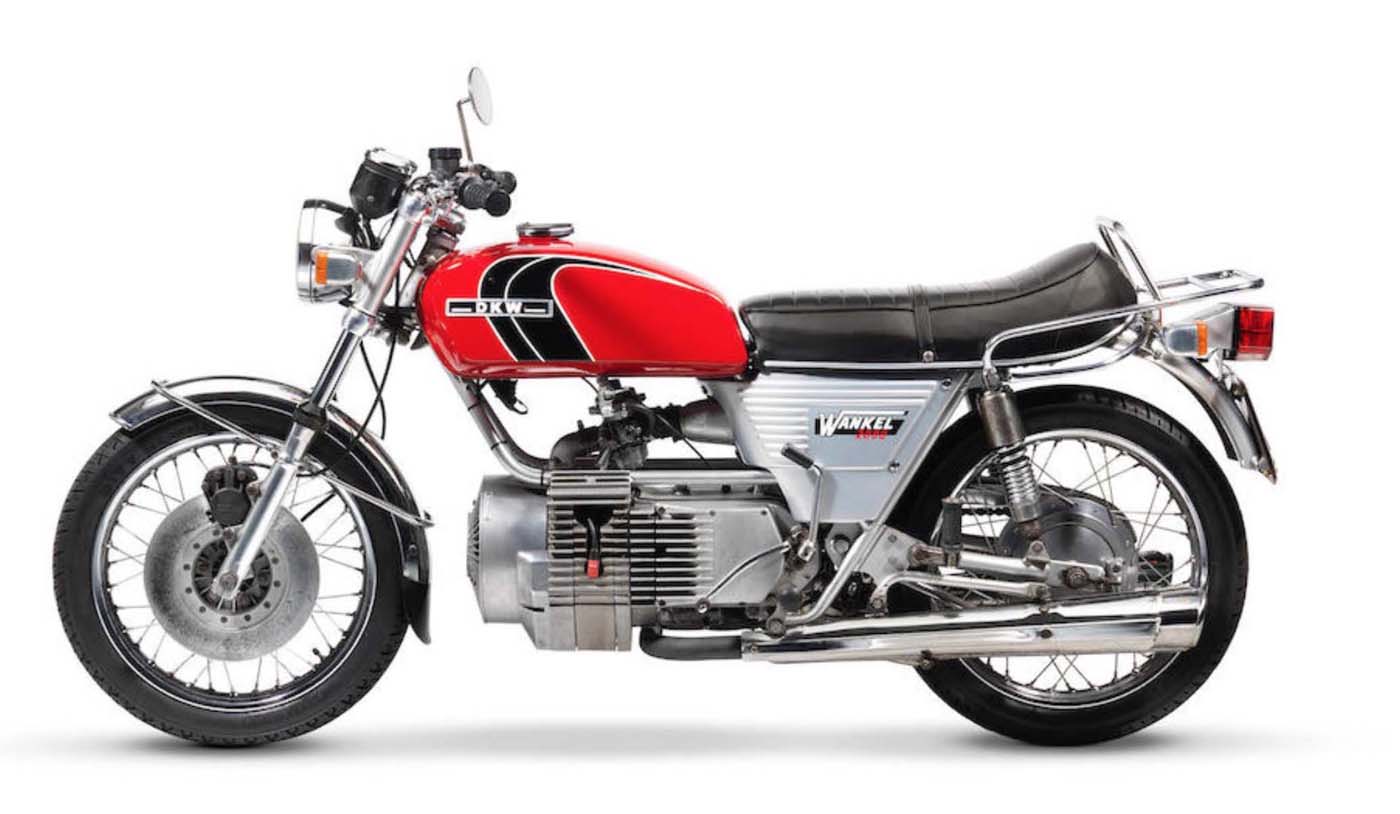
Suzuki is not alone in having a crack at road-going rotary motorcycles. DKW had a go about the same time as Suzuki with the Hercules W-2000 (above), and Norton tried with three road models from the late 1980s. That effort culminated in the F1 (below), which would be top of the desirability list of you were a collector of Wankels. Norton also raced a rotary into the 1990s.
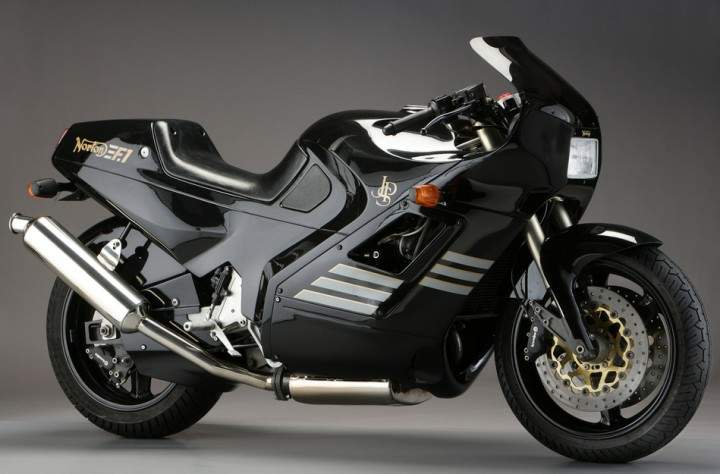
Resources
See SuzukiCycles.org for a detailed model breakdown.
See the resources page at re5-rotary.com, which includes some incredible documentation, including owners manuals and service info.
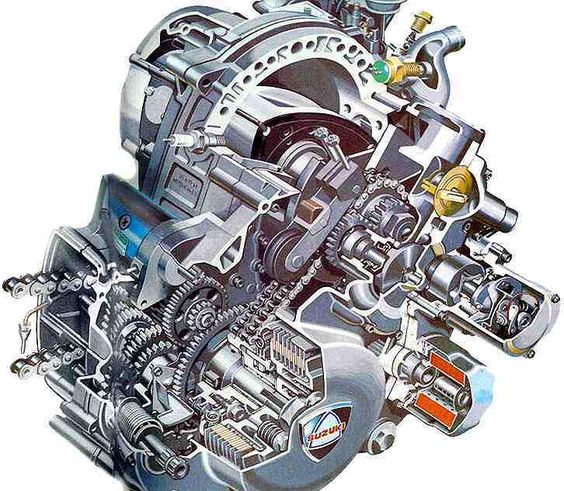
-------------------------------------------------
Produced by AllMoto abn 61 400 694 722
Privacy: we do not collect cookies or any other data.
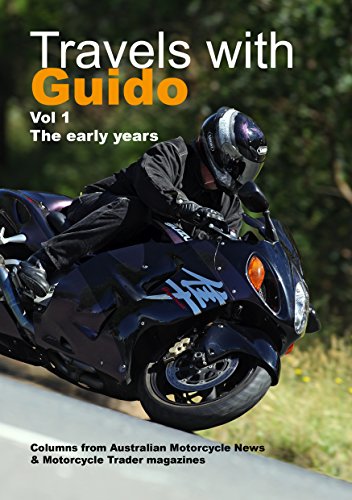
Archives
Contact



